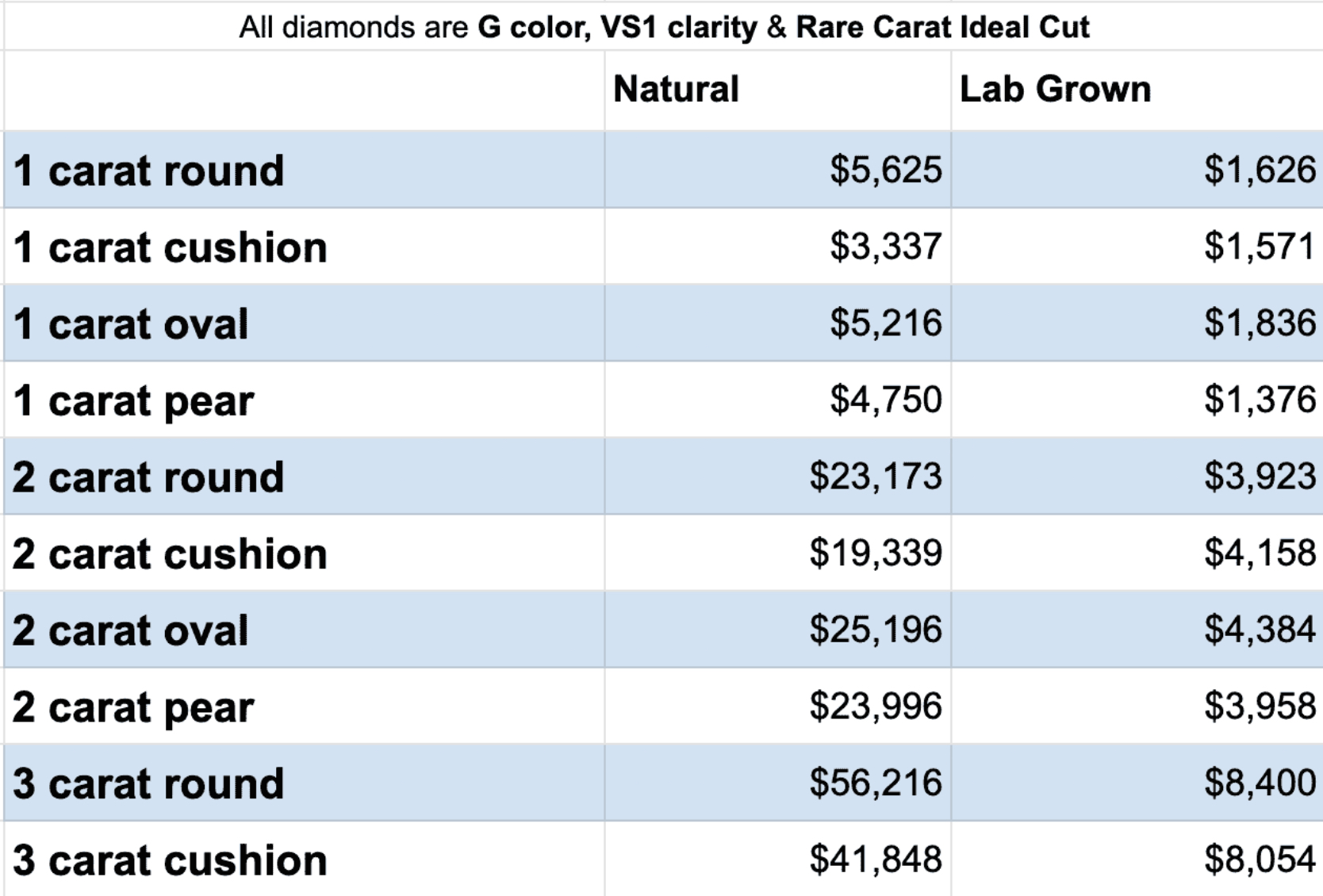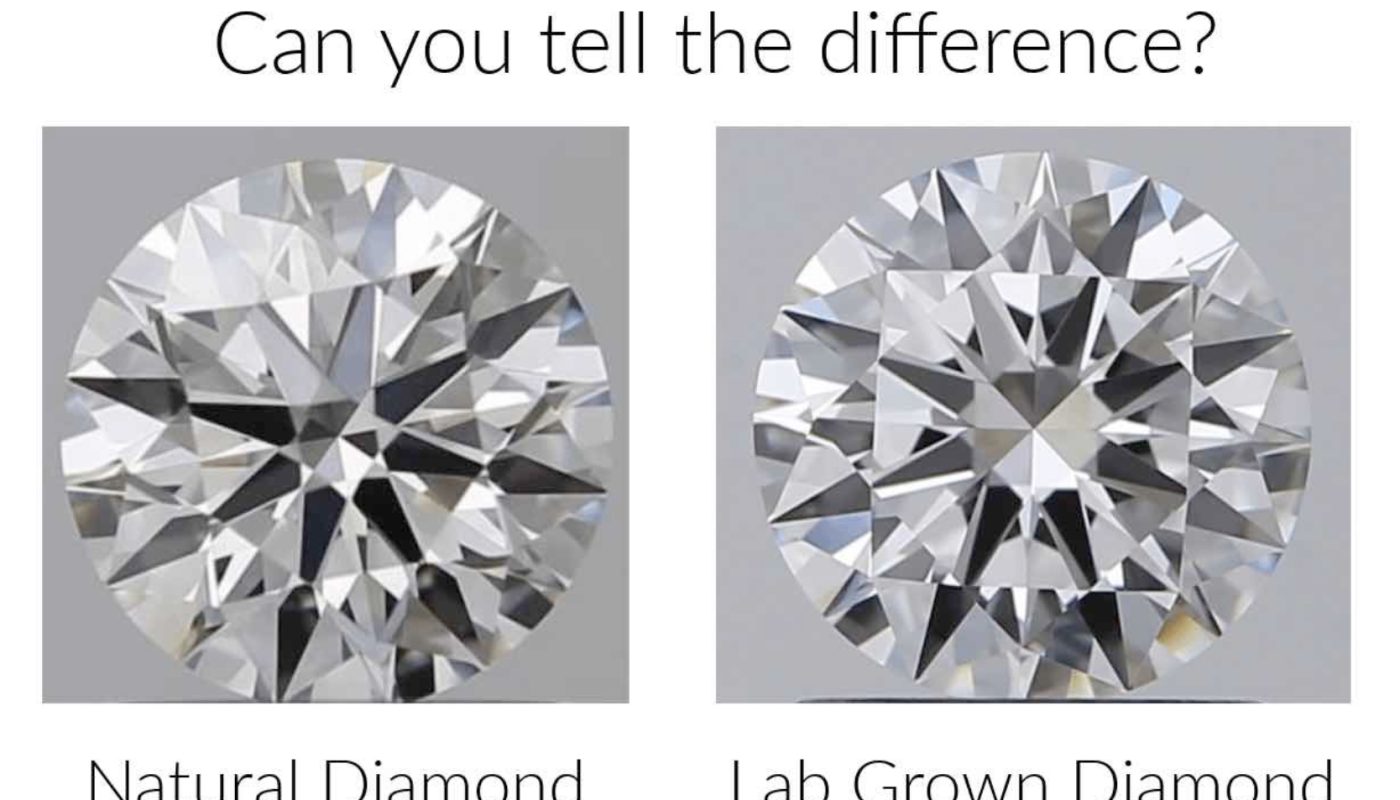Given the price and the notoriety of diamonds, it is easy to think that most diamonds are flawless. In fact, the opposite is true. Most diamonds have some type of imperfection because the chaotic formation process is unpredictable. In fact, these flaws which are known as inclusions, usually determine how the lab grown diamonds are cut and then patterned. Most trained jewelers will cut around flaws or opt to use facet patterning that brings out their best traits instead of their imperfections.
Getting a grasp on this process can help you learn more about pricing on Rare Carat and how to find a diamond that is within your budget but still thrilling to look at. Many of the flaws are only present when the stones are still rough, whether they are formed in the Earth’s crust or are lab diamonds. The inclusions that are left behind once the cutter is done are carefully chosen so that the cutter can maximize how much diamond is able to salvage from the rough diamond.

In short, the cutter is looking at how to get the most cuts out of lab grown diamonds or mined diamonds, they are not always looking at the inclusions (while they can play a role). This makes it common to find some imperfections in a diamond, and that small inclusion may in fact allow your diamond to meet your budget on Rare Carat. That said, there are some areas of a diamond where you don’t want to see an inclusion.
What are the Worst Locations on a Diamond for an Inclusion?
There are two factors that need to be considered when you are looking at lab diamonds or mined diamonds for imperfections: how much the inclusion affects its visual appeal and how it will affect its durability.
Diamonds are supposed to be forever, so you want to purchase a diamond from Rare Carat that can fulfill that pledge. Inclusions can help predict how likely a diamond is to chip or break but are only predictors (not absolutes). Carefully cared for lab diamonds could last forever if properly cared for even with a bad inclusion, while a mined diamond that is treated roughly may not. Therefore, when you look at diamonds for durability proper care and maintenance need to be taken into account.
In general, however, inclusions such as cavities or feathers that are close to the girdle of a diamond are not only unsightly but potentially dangerous to the diamond. This type of imperfection in mined or lab-grown diamonds makes it more likely to chip. When a gemologist observes this type of imperfection, they are likely to grade the stone’s clarity down. This will impact the price of the diamond, but can also impact its total lifespan so keep those factors in mind when playing with the 4Cs on the Rare Carat website.
Sometimes inclusions that are close to the girdle are covered by the prongs so that they cannot be seen by anyone inspecting the diamond jewelry. While this is clever, it doesn’t account for the fact that the prong also can weaken the inclusion making it more likely to chip. Therefore, this practice is always something to be reasonable about.
How Do Inclusions Affect the Visual Appearance of a Diamond?
Now that we have discussed how inclusions can impact the durability of mined and lab grown diamonds, it is time to look at how the location of flaws can also affect its visual appeal. Usually, you want to look for diamonds on Rare Carat that do not have any dark inclusions near the diamond center. These are the easiest to see and will affect the shine of the diamond’s facets. Sometimes there will be a dark crystal inclusion at an obvious part of a diamond, such as if you see them appear on the top side of the diamond. This not only will ruin the appearance of the diamond but the inclusion will then be reflected into the pavilion creating the illusion that there are inclusions throughout the diamond. This will certainly impact the grade of the lab-grown diamonds and impact the price but you have to decide which trade-off you are comfortable with.


